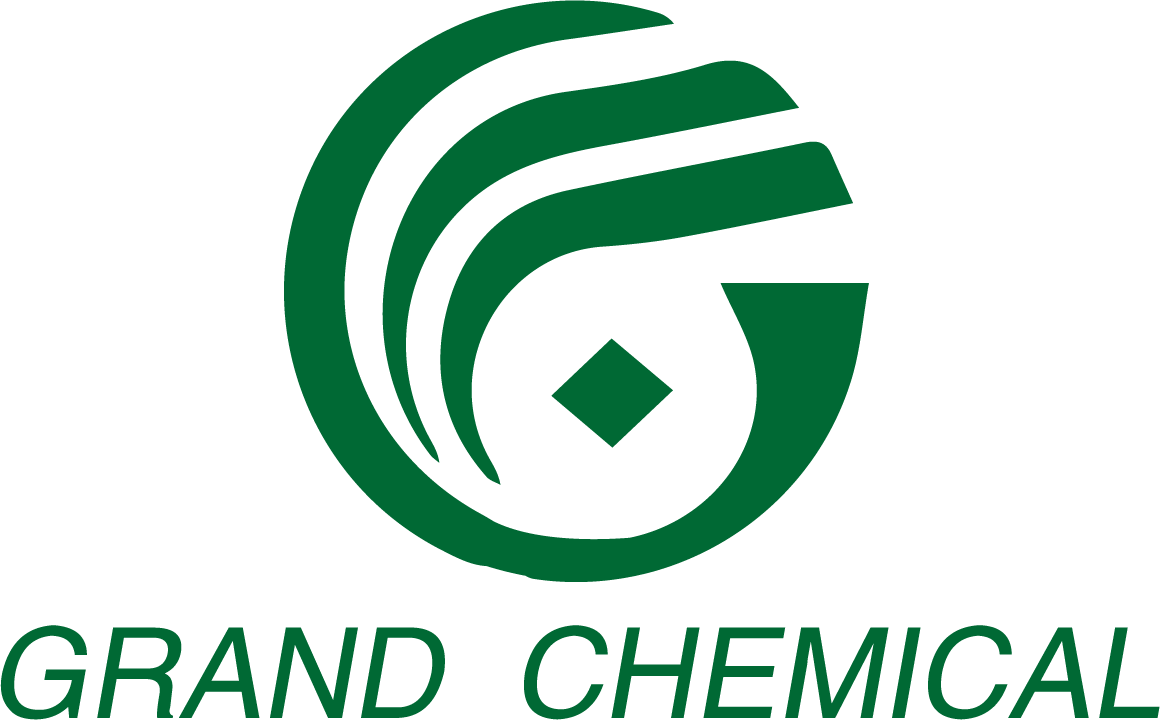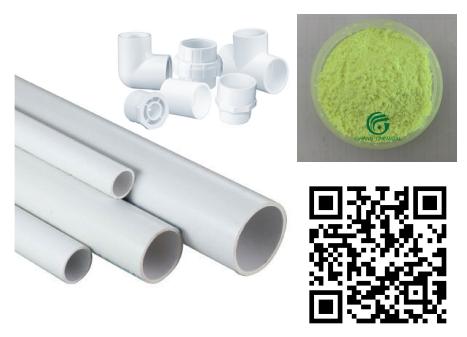The dosage of Fluorescent Whitening Agents (FWAs) or Optical Brighteners (OBAs) in polymers is a crucial factor that determines the final whitening and brightening performance. The correct amount ensures optimal whiteness, transparency, and stability without compromising the physical properties of the plastic.
1. Recommended Dosage Levels
In polymer applications, the dosage of OBAs is typically expressed as a percentage of the plastic’s total weight.
- Standard dosage: 0.05% to 0.1% of the polymer weight.
- High-brightness or ultra-white grades: Up to 0.5% or slightly higher.
- Transparent plastics (e.g., PS, PET, PC): Between 0.0001% and 0.001%.
The exact amount should always be determined through small-scale sample testing to ensure optimal brightness and compatibility with the base polymer. Increasing the dosage beyond the effective range does not improve whiteness — it can actually lead to yellowing, poor compatibility, migration issues, or reduced aging resistance.
2. Importance of Accurate Dosage Control
To ensure accurate and consistent dosing during polymer processing, manufacturers often use highly concentrated masterbatches containing fluorescent whitening agents.
- These masterbatches are pre-dispersed mixtures of the whitening agent in a compatible carrier resin.
- The carrier polymer may be identical to or compatible with the base polymer to ensure even distribution.
- Since the whitening agent concentration in masterbatches is hundreds of times higher than in the final product, this method helps avoid weighing inaccuracies and uneven dispersion during large-scale processing.
3. Synergistic Effect of Combining Whitening Agents
Combining two or more different OBAs can produce a synergistic effect. When appropriately selected, these combinations:
- Broaden the fluorescence spectrum
- Enhance overall brightness and whiteness intensity
- Improve color tone and visual appeal
- Increase performance stability across different polymer grades
Such formulations are especially effective in applications demanding high optical clarity or extreme whiteness, such as PET bottles, ABS housings, and synthetic fiber products.
Conclusion
Selecting the correct dosage and dispersion method for fluorescent whitening agents is essential to achieving optimal polymer brightness, color tone, and long-term stability. Overuse not only wastes material but can also negatively impact product quality.
By using optimized formulations or masterbatch systems, manufacturers can ensure consistent whiteness, excellent processing stability, and superior optical performance.
✉️ About Shandong Grand Chemical Co., Ltd.
Shandong Grand Chemical Co., Ltd. is a leading manufacturer of optical brighteners and fluorescent whitening agents in China. With advanced R&D capabilities and strict quality control, we supply high-performance OBAs for textiles, detergents, plastics, paper, and coatings.
📧 Contact us: sales@obachemical.com
🌐 Website: www.obachemical.com

